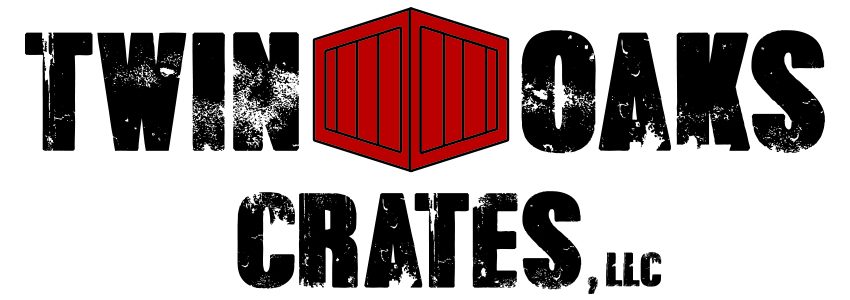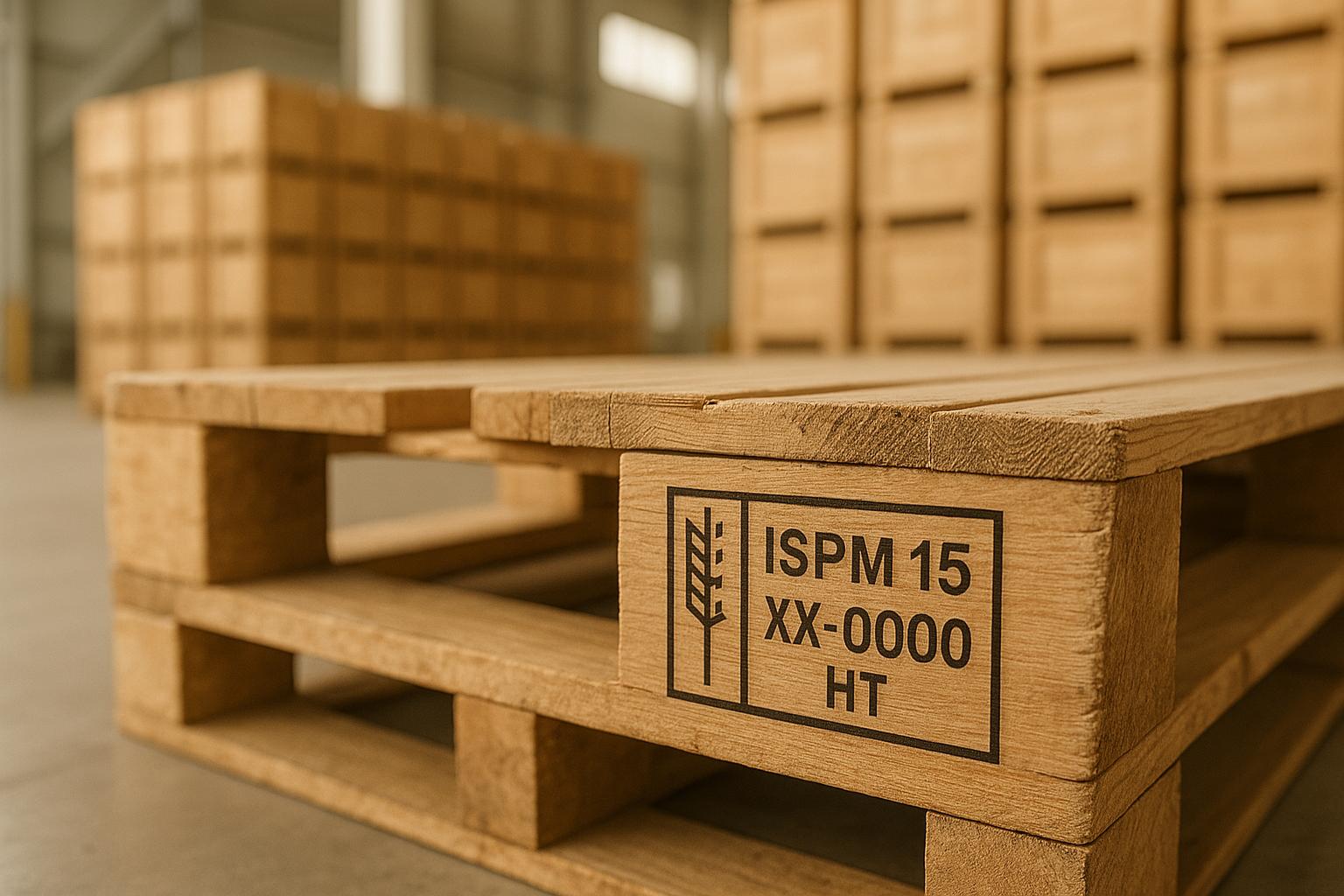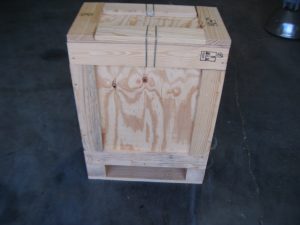Understanding ISPM 15 Standards for Wooden Packaging
When shipping goods internationally, the last thing you want is a customs delay over something as basic as your pallets or crates. That’s where global pest control regulations come into play, ensuring wooden materials don’t carry invasive bugs across borders. These rules, set by the International Plant Protection Convention, are critical for anyone exporting or importing with wood-based packaging. Without proper treatment, your shipment could be rejected, costing time and money.
Why Compliance Matters
Wooden packaging, if untreated, can harbor pests that threaten agriculture and forests in other countries. The required treatments—either heat at specific temperatures or approved fumigation—eliminate this risk. A certified stamp on your material proves it meets these standards, acting as your pass through customs. But how do you know if your crates or pallets check all the boxes? That’s where a quick assessment tool can save the day, guiding you through the essentials.
Getting It Right
Whether you’re a small business or a logistics pro, verifying your materials before shipping is a smart move. Double-check with suppliers, seek certified treatments, and keep documentation handy. Staying proactive keeps your operations smooth and hassle-free.
FAQs
What is ISPM 15, and why does it matter for shipping?
ISPM 15 is an international standard for treating wooden packaging to prevent the spread of pests across borders. Think pallets, crates, or dunnage—anything made of raw wood. If you’re shipping internationally, most countries require compliance to avoid quarantine issues or fines. Untreated wood can harbor bugs like bark beetles, which could devastate local ecosystems. This tool helps you check if your materials meet the rules, so you’re not stuck at customs scratching your head.
What treatments are required for ISPM 15 compliance?
To meet ISPM 15 standards, wooden packaging must be either heat-treated at a core temperature of 56°C for at least 30 minutes or fumigated with an approved chemical like methyl bromide. After treatment, it should have an official stamp or certification mark from a recognized authority. If your material lacks this, it’s likely non-compliant. Our tool flags these gaps and offers tips on getting the right treatment done.
What should I do if my packaging isn’t compliant?
Don’t panic if the tool shows ‘Non-Compliant’—it’s just a starting point. First, check with your supplier to confirm treatment details or request documentation. If the wood hasn’t been treated, contact a certified treatment provider for heat treatment or fumigation. Make sure they issue the proper ISPM 15 stamp afterward. Compliance isn’t hard to achieve; it just takes a little planning. Use our feedback as a guide to get on track before shipping.



